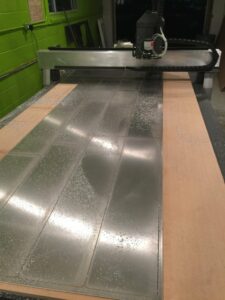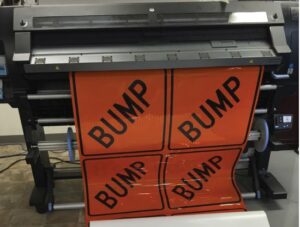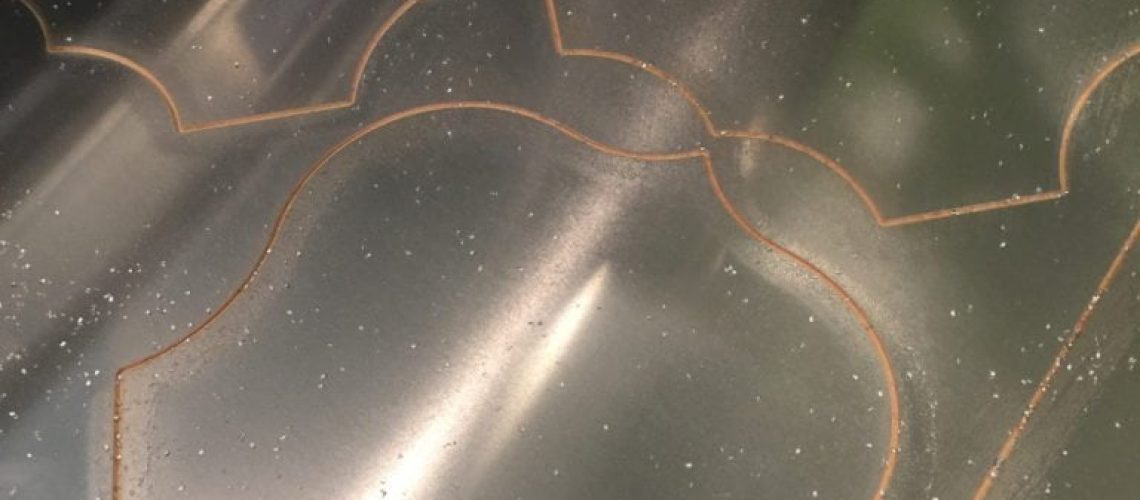It’s a question many of us have never bothered to ask ourselves, let alone answer. But for those curious few, we talked with a local sign shop in Stockton, Capitol Traffic Services Sign Shop to find the answers. As it turns out, the process isn’t as cut and dry as we seem to believe!
Stockton Sign Shop Regulatory Bodies
When we think of heavily regulated industries, we typically think of long term care, or the medical industry. Sign shops are certainly one of the furthest industries from our minds. Yet manufacturing signs is one of the most heavily regulated industries in the United States. All signs produced for use in traffic control are regulated by the MUTCD or the Manual for Uniform Traffic Control Devices, as well as individually by each state. Furthermore, many of the signs produced fall under the Americans With Disabilities Act (ADA) requiring additional aspects such as being legible by touch. For more information on just why the sins look the way they do, check out our other article!
How The Process Begins

Being so heavily regulated, it’s easy to understand why the production process for these signs are often extremely similar. Most frequently signs are made of a high quality aluminum backing, and covered with a high quality, high visibility reflector. They all begin their journey as sheet metal, unfinished and uncut. The sheet metal is run through a router upon order to cut out the shapes of the signs as mandated by the MUTCD. The face of the sign must be printed onto an approved reflector.
The Assembly Process
Once the shapes have been cut from an approved sheet of aluminum, or aluminum alloy, and the sign face printed on approved reflectors, a specified adhesive must be used to hold the reflector to the face of the sign. Once properly adhered, some of the batch are taken for significant testing to ensure that they are up to par with the state’s strict standards. If they pass, then all the signs are stamped with the manufacturer’s name, type of reflective sheeting used, the manufacturer of the reflective surface, and the lot number of the reflective surface. This stamp must always be in the lower right hand corner of the back of the sign and not be covered by any mounting hardware. Once this is finished the road signs are ready for sale or use on California’s Roads.
How The Signs Are Sold

Unlike a regular
retail or manufacturer, those making regulatory signage sell their stock in a much different manner. You can’t just hop on amazon and order a batch of stop signs, These manufacturers are considered contractors legally, and as such, they keep a small stock of the most common road signage on hand for quick turnaround times. But a vast majority of the signage they sell is pre-ordered, and then manufactured. It is most often done this way because of the way that the construction industry works. Road work is almost always mandated by a city or state’s department of transportation. They come forward with a job, and then competing contractors are to bring forward their bid on what they could do the job for, and how long it would take them. The government then signs a contract with the company they believe will get it done as fast as possible for the least amount of money.
Those contractors that are doing the work for the department of transportation are many sign shops’ main customers. As a result, they usually sell a large quantity of standard road signs, and simply build to order any specialized signage that the paving contractor may need. They provide both temporary and permanent traffic signage to ensure the paving contractor can finish the job as quickly as possible.
Just because most signage is sold to contractors, doesn’t mean you can’t find one to use as decor. Often if you ask for signage when contractors are pulling off old signage they will let you take the old signs. Other times the signs can be found on sites like ebay. And last but certainly not least, Sign stores like Capitol Traffic Services are more than happy to make you your very own custom sign!






